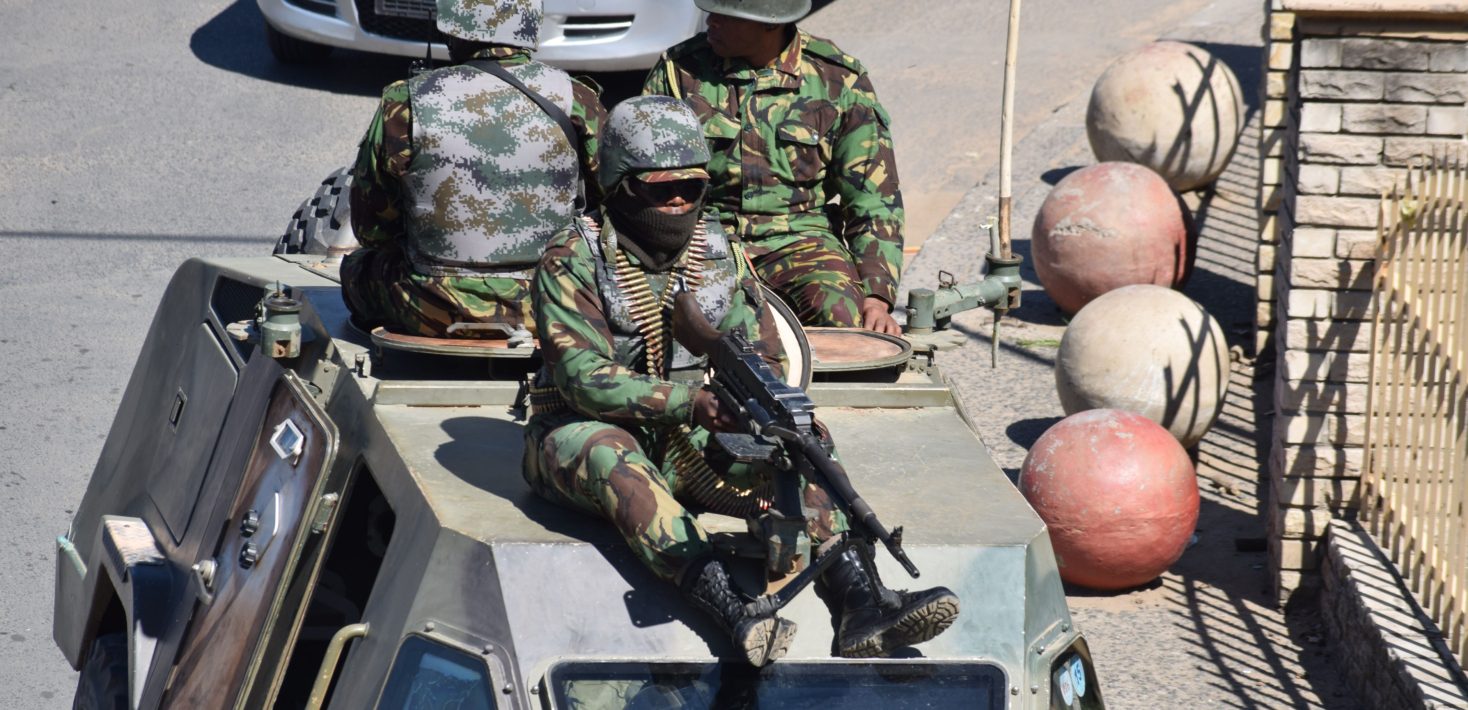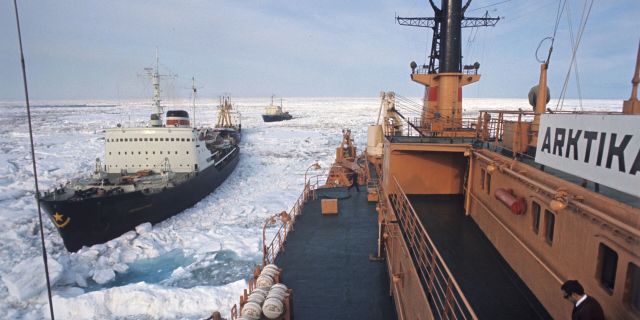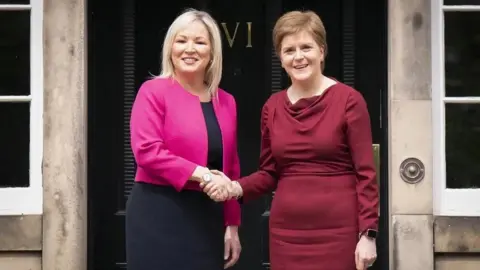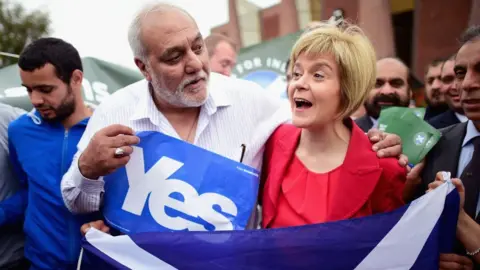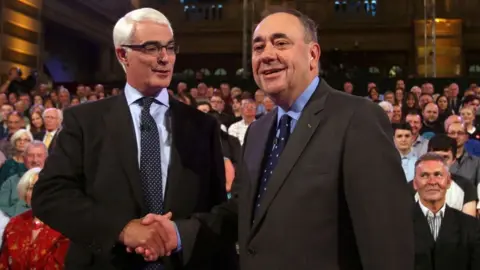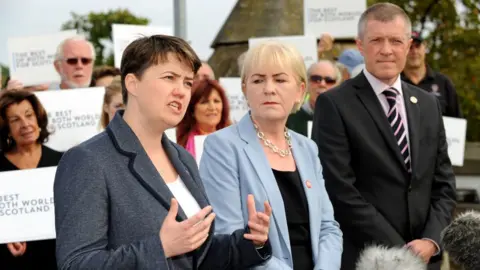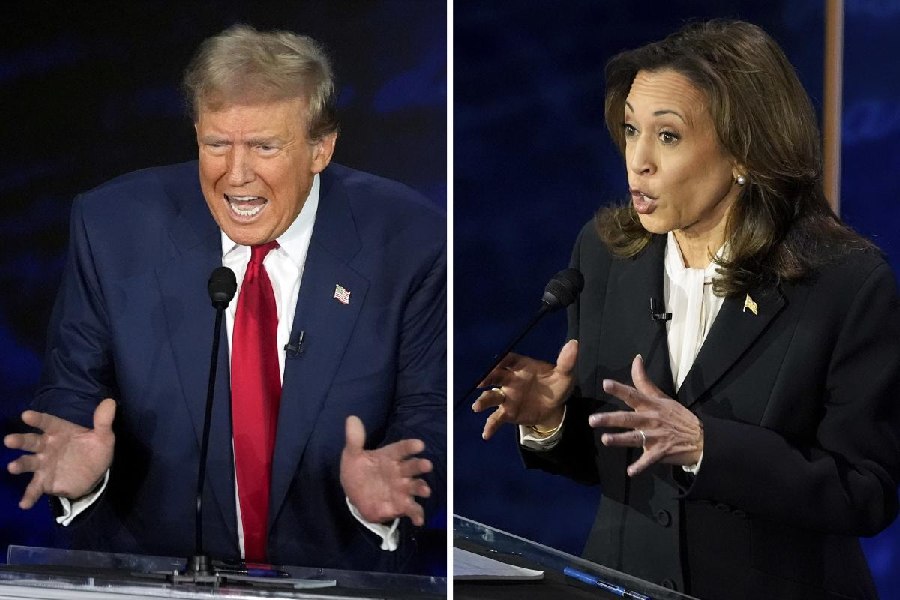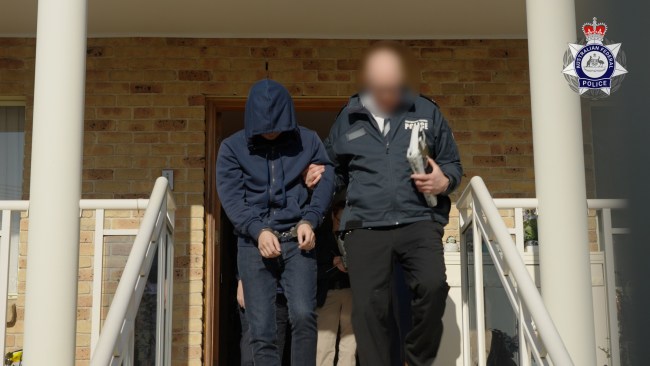FP: America does not need icebreakers in the Arctic, it is easier to make Russian ones unprofitable
The Far North has become an arena for the rivalry of great powers, and Russia has something to lose, writes FP. At the same time, America does not have to build icebreakers at all. It is enough to ensure that the Russians do not benefit Moscow. The author suggests how to achieve this.
Keith Johnson
Due to global warming, the ice cap at the top of the world has shrunk. And, paradoxically, the melting of the ice has led to a surge in demand for icebreakers, the hard currency of the melting world.
Once again, the moment has come when the obvious warming in the Arctic (which is warming up four times faster than the rest of the planet) is second only in its intensity to fervent forecasts about the upcoming clash of the great powers in the Far North. Russia has been rattling Arctic weapons for a long time, and for some time now China has been her company. There was talk again of a struggle for resources, new shipping lanes where previously there had been only ice, a tightening of military confrontation — and the eternal theme that haunts American politicians: the US lagging behind in icebreakers.
Russia has dozens of icebreakers — special vessels that crush the ice with their hulls or cut through it, clearing a passage. Many of them are atomic, and one (soon there will be two) is completely armed with deck guns. China has four of them — and another ultra-modern one is on the way. The United States has only one heavy icebreaker, the old Polar Star, which is almost half a century old and which barely came out of dry dock after an Antarctic voyage, and one medium icebreaker, which is now decommissioned after a fire last month. There were no American expeditions in the Arctic this summer. By comparison, China has spent as many as three.
The United States and its two Arctic NATO allies, Canada and Finland, have announced a bold plan to join forces and build dozens of icebreakers. American officials praise the so-called “Icebreaking Pact” (ICE), announced on the sidelines of the July NATO summit, as a combination of friendly relations and industrial policy, with a certain degree of competition between the great powers using rivets and ratchets, not missiles.
But the looming competition in the Arctic is nothing like the one the U.S. faces in other oceans or battlefields. America has huge strategic interests (and problems) in warmer waters — the Western Pacific Ocean, the Indian Ocean, the Red Sea, and so on. If the icy waters of the Far North do not receive proper attention in Washington, it is only because everything that happens there pales against the background of events in the rest of the world. The new Arctic strategy of the US Department of Defense, in fact, boils down to the “watch and control” approach, although the Arctic has been considered a new hotspot in relations between the great powers for a couple of decades.
“Why is it difficult for us to consider ourselves an Arctic power in the same sense as Russia? One of the reasons lies in the fact that Russia receives a significant — and constantly growing — share of its GDP from the Arctic. We don't,” explained Rebecca Pinkus, director of the Polar Institute at the Wilson Center.
“The United States is clearly focused on the Indo-Pacific region and Europe, so the Arctic is not in the first place. Where does this obsession with icebreakers come from?” — says Pinkus, who previously worked on Arctic issues at the Pentagon.
In short, all the Arctic countries (there are eight in total, and seven of them are members of NATO) have enough icebreakers — except the United States. In more detail, the “Big Game” of the great powers is brewing in the Far North, and the only way to participate in it is to get chips (that is, ships). An even more detailed answer is that there is only one player at the table right now — Russia — but it has already shown its cards, which it can use.
If the rivalry in the Arctic boils down to another front in the rivalry with Russia (China, even with all its frequent raids, is only a self—proclaimed “near-Arctic” state), then the struggle should be waged, on the contrary, at Russian shipyards and vulnerable Arctic facilities, and not at American ones. The best strategy for fighting Russia in the Arctic, according to Pinkus, is exactly what the United States and Europe are already implementing: to make it difficult for Moscow to profitably sail in icy waters, and not only to make the task easier for Washington.
Of course, new U.S. icebreakers wouldn't hurt. The Coast Guard has stated for many years that it needs at least six icebreakers to adequately carry out numerous annual missions to both poles. Now, even with the most flattering calculation, she has at most a third. But now the guards' appetite has grown even more: She wants eight or nine icebreakers.
Icebreakers are used at high latitudes to support research every summer, as well as to practice oil spill response and environmental control measures. On the other side of the world, the United States appears at least once a year to replenish the reserves of its Antarctic research station in McMurdo - this requires really heavy icebreakers.
The problem is that, although the United States builds the most complex ships, up to nuclear aircraft carriers and submarines, icebreakers are not given to them in any way — despite years of attempts.The Polar Star was built in the 1970s. The medium icebreaker Healy (“Healy") — in the 1990s. Since then, the American shipbuilding industry has been deaf.
In this regard, the new Icebreaking Pact makes sense. Finland and Canada are the best in the world in this area. Finland alone has built more than half of all icebreakers that are currently afloat. Since the United States hopes that the repeatedly postponed new generation of icebreakers under the Polar Security Cutter program will arrive “only” with a five—year delay (and significant budget overruns), it is a wise decision to seek professional help.
“Icebreakers have been the main Finnish know-how for a long time. Now that we have become part of NATO, they can become Finland's contribution. We are world leaders in the design and construction of icebreakers,” boasted Mika Hovilainen, CEO of Aker Arctic. His company is the world's leading design bureau in this field.
However, for now, the future success of the Icebreaker Pact remains to be guessed. The outlines of future cooperation that have been made public so far do not solve the fundamental problems that have prevented the United States from building ships for decades, which China churns out in less than a couple of years.
To begin with, the Coast Guard and the U.S. Navy are prohibited from using foreign shipyards, although it is there that the necessary workforce is concentrated. At the same time, American shipyards are sitting on starvation rations — without investments, workers, orders and even dry docks — and are unable to issue even the number of nuclear submarines prescribed by Congress, let alone master a new class of ships for themselves. Unsuccessful adventures, such as an untested German project for a new polar ship of the maritime border guard instead of the previously approved one, only add to the troubles.
Pinkus said the ICE Icebreaking Pact is somewhat reminiscent of AUKUS, a three-way deal between the United States and Britain to build nuclear submarines for Australia. “Only this time we are in the role of Australians," she said of the United States. "What price will we have to pay for their know—how?”
Why is it so difficult for a country that invented a nuclear aircraft carrier to build a ship that can enter two-meter-thick ice, break it and continue moving?It turns out that designing and building icebreakers is very difficult — no easier than nuclear aircraft carriers and submarines. But the work of the master is afraid. Icebreakers need not only specially reinforced hulls with different characteristics, depending on whether they will crush the ice or cut and crumble it, but also powerful engines and absolutely all-weather components.
For example, Aker Arctic has spent a decade analyzing the strength of the hull to find out where it should be strongest and where it can save on steel. This is of great importance when building a ship that goes straight into obstacles that others avoid.
“We have accumulated such experience with icebreakers because we design them all the time," Hovilainen explained. — We have many standard solutions, we know what works and what doesn't, and we can apply all this in new projects. But when you have to reinvent the wheel in all the components of the ship, it's very difficult.”
Maybe the Icebreaking Pact will indeed allow the construction of 70-90 icebreakers — that's how many, according to American officials, the Western allies will need in the coming years. But the essence of the impending Arctic challenge is not for the West to build as many icebreakers as possible, which transport mainly scientists for scientific projects, but to prevent the main rival of the United States and its NATO allies from taking advantage of the fact that the ice has moved. The United States is only striving to become an Arctic power (at least, the legislators of Alaska) — Russia is already one. And this is not only a threat, but also an opportunity.
In 2020, Russian President Vladimir Putin updated his already far-reaching plans for the Russian part of the Arctic by 2035. He added several new “hits” there (for example, “protection of sovereignty and territorial integrity”), but also left the old “hits”, including two of the most important: the use of Arctic resources to stimulate Russia's economic growth and the development of navigation along the Northern Sea Route so that this route lives up to its big name.
The Russian Arctic really harbors staggering volumes of oil and natural gas. (There are plenty of them in the American and Canadian Arctic, too, but hydraulic fracturing in North Dakota is easier and cheaper than drilling in the Chukchi Sea.) It is not easy to develop these oil and gas reserves, but Russia is coping in some ways — despite a decade of Western sanctions that have hampered some of its energy projects. The difficulty lies in getting this gas out of the frozen North to starved markets in Asia: even if the Arctic ice is melting, this does not mean that warm-water ports have been established there, and navigation has become easier.
With the start of the special operation in Ukraine, which practically blocked Russia's European energy export markets, it was Arctic production and sea routes to the east that became Putin's key strategic priority. The Yamal Peninsula in northwestern Siberia has become the epicenter of the new Russian liquefied natural gas (LNG) trade. Since pipeline transit to Europe is now impossible, and China has taken a tough stance on gas pipelines to the east, freezing and delivery by tankers is the future of Russian energy.
For Putin, the Northern Sea Route around Russia's northern borders is the embodiment of his goal to bypass Europe and achieve full rapprochement with China. Moscow fantasizes how the Northern Route will become a real global sea route and challenge routes through the Suez Canal or the Panama Canal — although the time savings when traveling through shallow, teeming icebergs and fog-shrouded waters seem doubtful, and Moscow intends to charge a considerable fee for passage. In 2023, the most successful year for the Northern Sea Route, “as much as” 36 million metric tons passed through it. The Suez Canal, if the Houthis are quiet, passes such a volume in a week.
In addition, there is one vulnerability. About half of the cargo along the Northern Sea Route is LNG. Special icebreaking tankers are required for gas transportation. Previously, South Korea built them for Russia, but the conflict in Ukraine put an end to cooperation — Seoul canceled the delivery of new ice-class tankers. (Although the western dry docks still serve the current fleet.) Russia is trying to build its own, and it will certainly achieve its goal — but some technologies that were previously a Western monopoly will not be easy for it to master, Hovilainen believes.
All these are links in the expanding Western strategy to hit Russia's weak points in the Arctic. The sanctions imposed on Ukraine after the special operation immediately stopped plans for a large liquefied natural gas plant on the Yamal Peninsula, which depended on Western technologies. Novatek, a private Russian company, hopes to find an ”emergency“ solution with supercooled gas by 2026, which is easier to transport, but for this it has to resort to untested workarounds. The company has indeed increased production and even started exporting this summer, but it is still operating below the declared capacity.
The West has found other gaps. The fourteenth package of EU sanctions adopted this summer targeted Russian LNG transshipment in European ports. Previously, Moscow used precious ice tankers to deliver gas to the south, and then pumped it to conventional ones for export abroad. When this shop is closed, the Russian tanker fleet will have to travel all the way from Siberia to its final destination and back — thus, energy export opportunities will inevitably decrease.
Finally, let's take the last blow of the West against Russia. At the end of August, the United States imposed new sanctions on the Russian “shadow fleet” for the transportation of LNG. In addition to the usual pressure on gas production and liquefaction in the Arctic, they directly affected the fleet of specialized tankers, which Moscow will have to increase to deliver to the last remaining large market. As stated by the US State Department, the goal is to “further disrupt” both the production and export of Arctic LNG — and now that the large plant in Yamal has started working again, this is especially important.
If the great power rivalry has unfolded in the Arctic, it has existential significance for only one of the players. And the recipe for success is not to build Western icebreakers, even if they are desirable and in demand, so that Russian ones do not benefit Moscow.
“In the Arctic, we put pressure on Russia with economic instruments, and this is a profitable means of achieving our goals. The Russian icebreaking fleet is, first of all, the export of energy resources to Asia," concluded Pinkus. — That's why the sanctions are justified. If we get our way, and Russian oil and gas reserves and infrastructure in the Arctic become unprofitable assets, then what is the Arctic for Moscow? The Northern Sea Route will wither away without recharge.”
Keith Johnson is a reporter for Foreign Policy, covering geo—economics and energy


